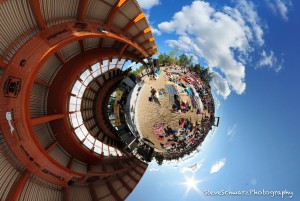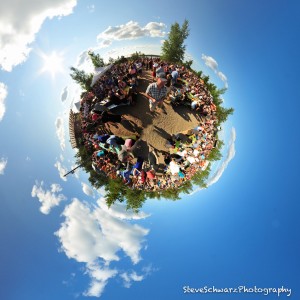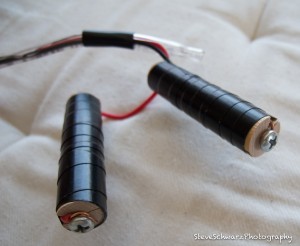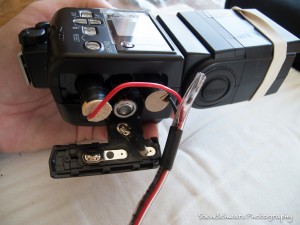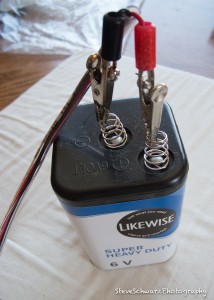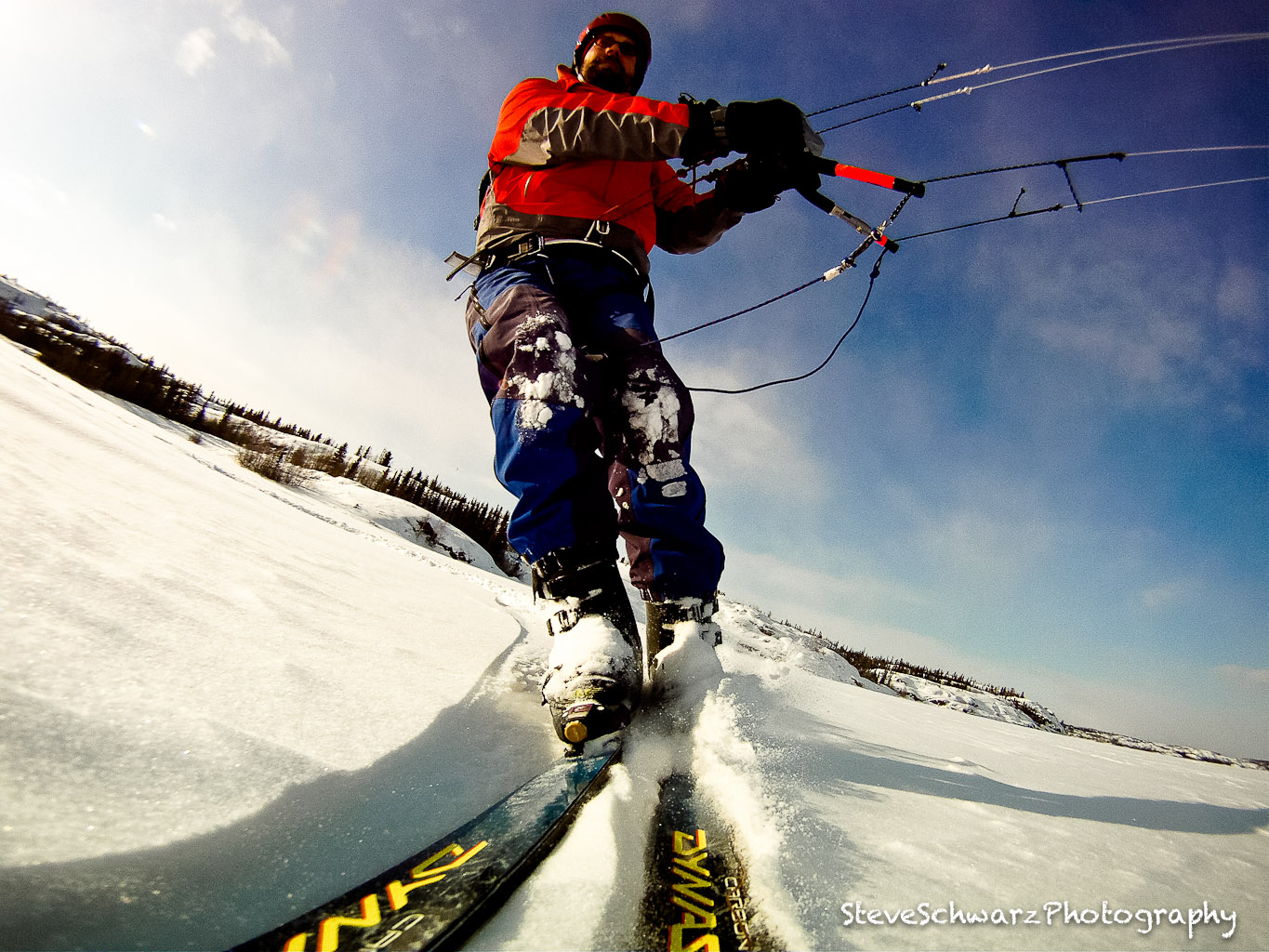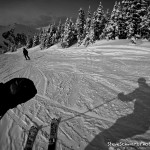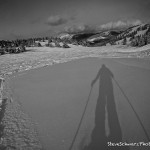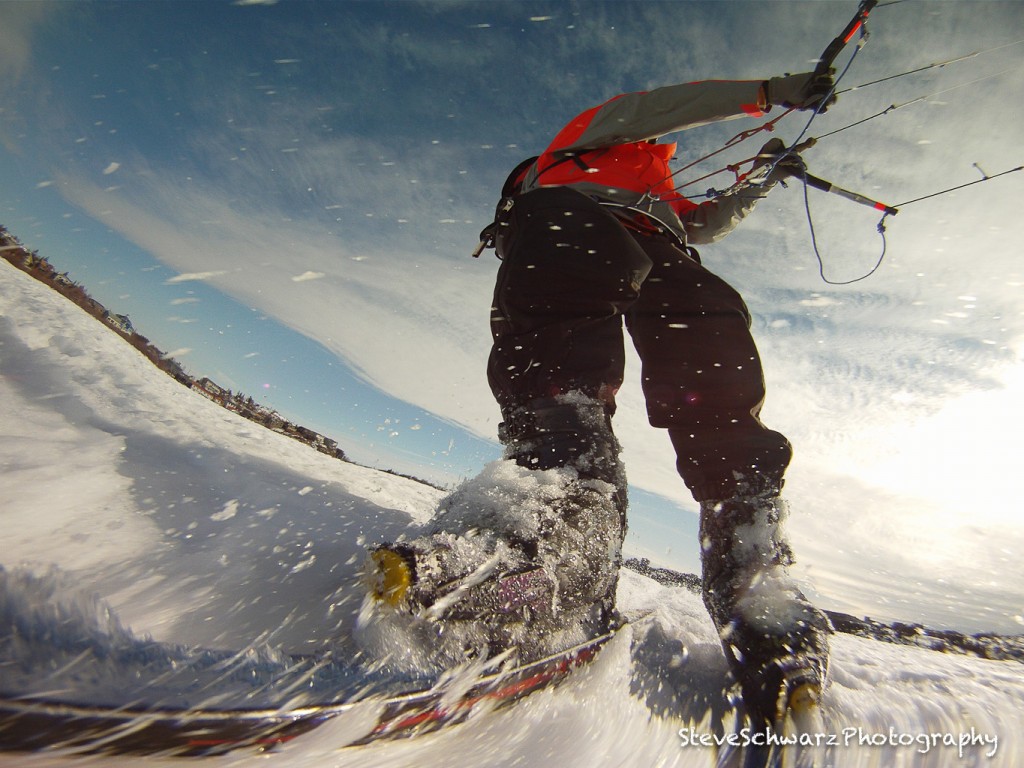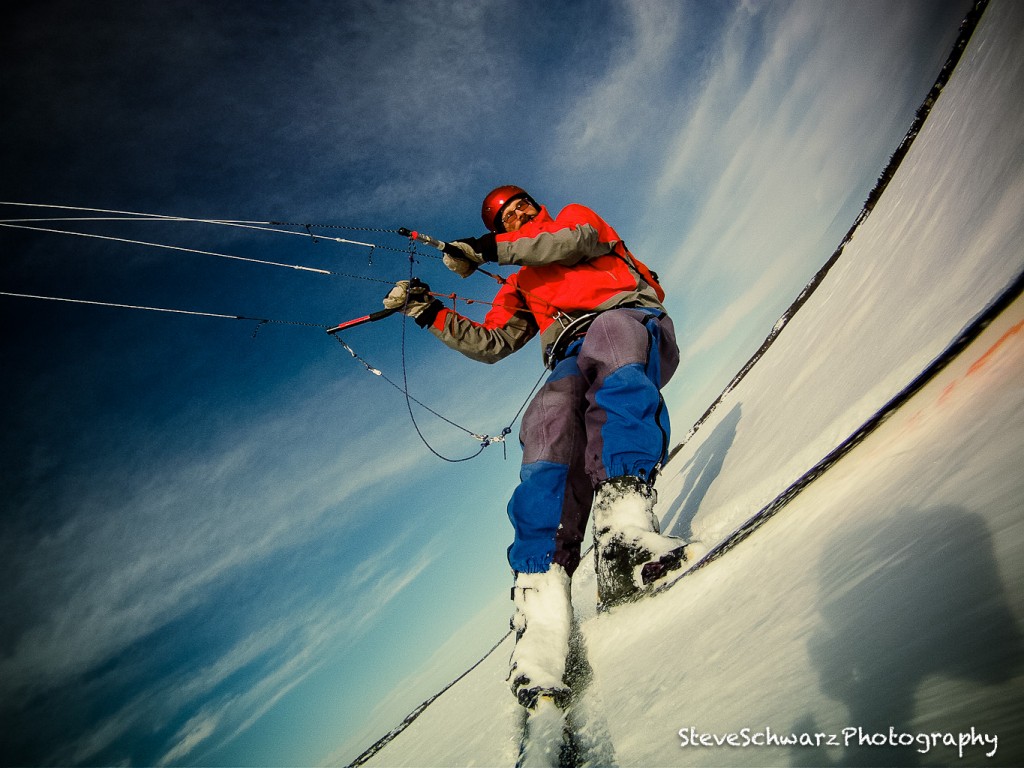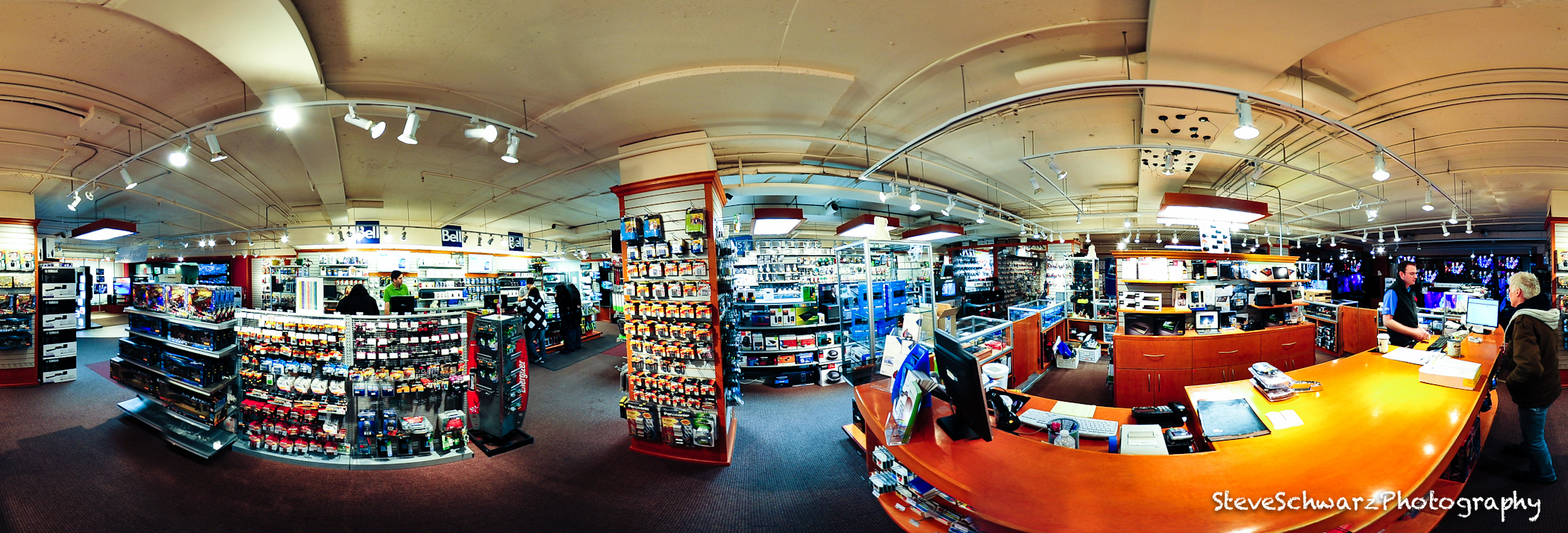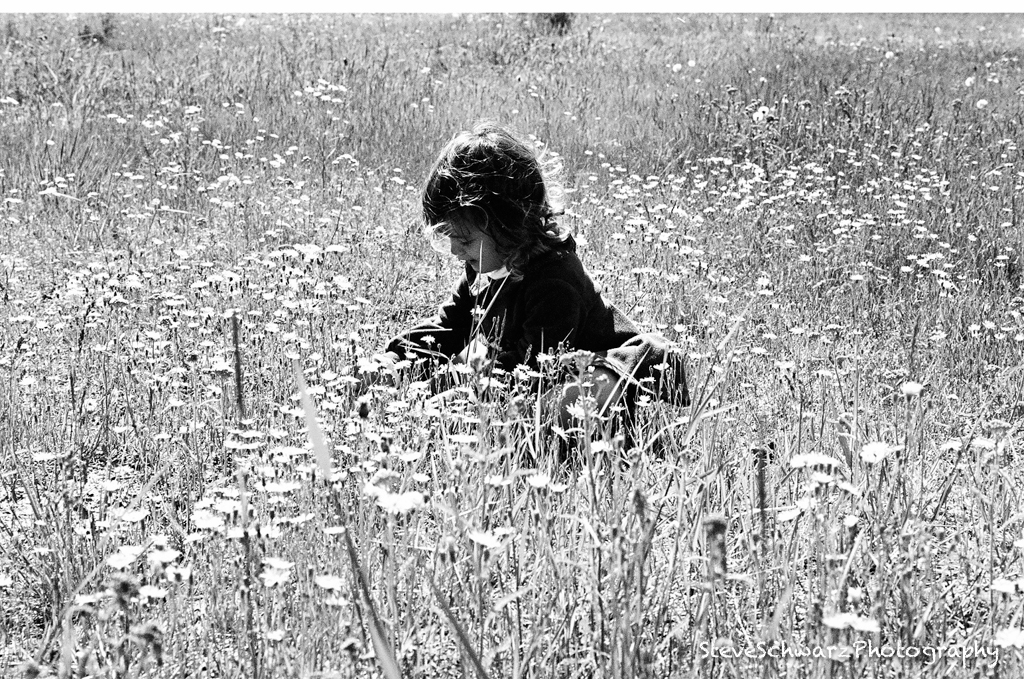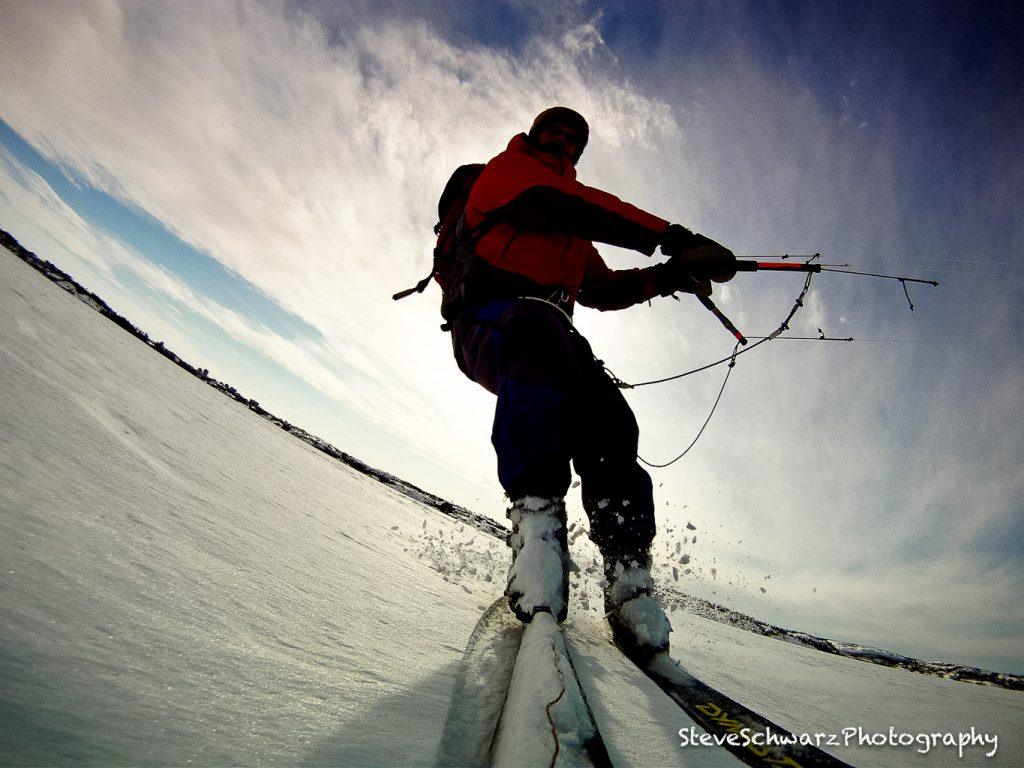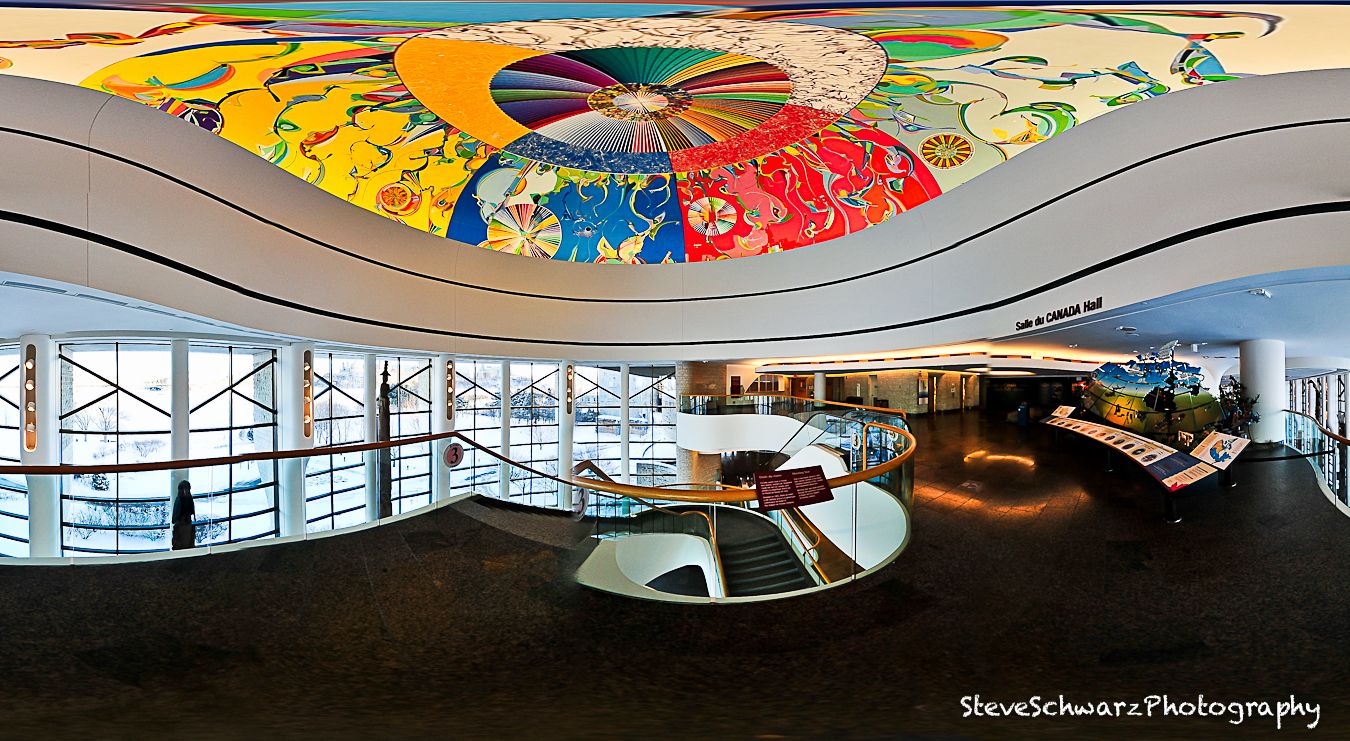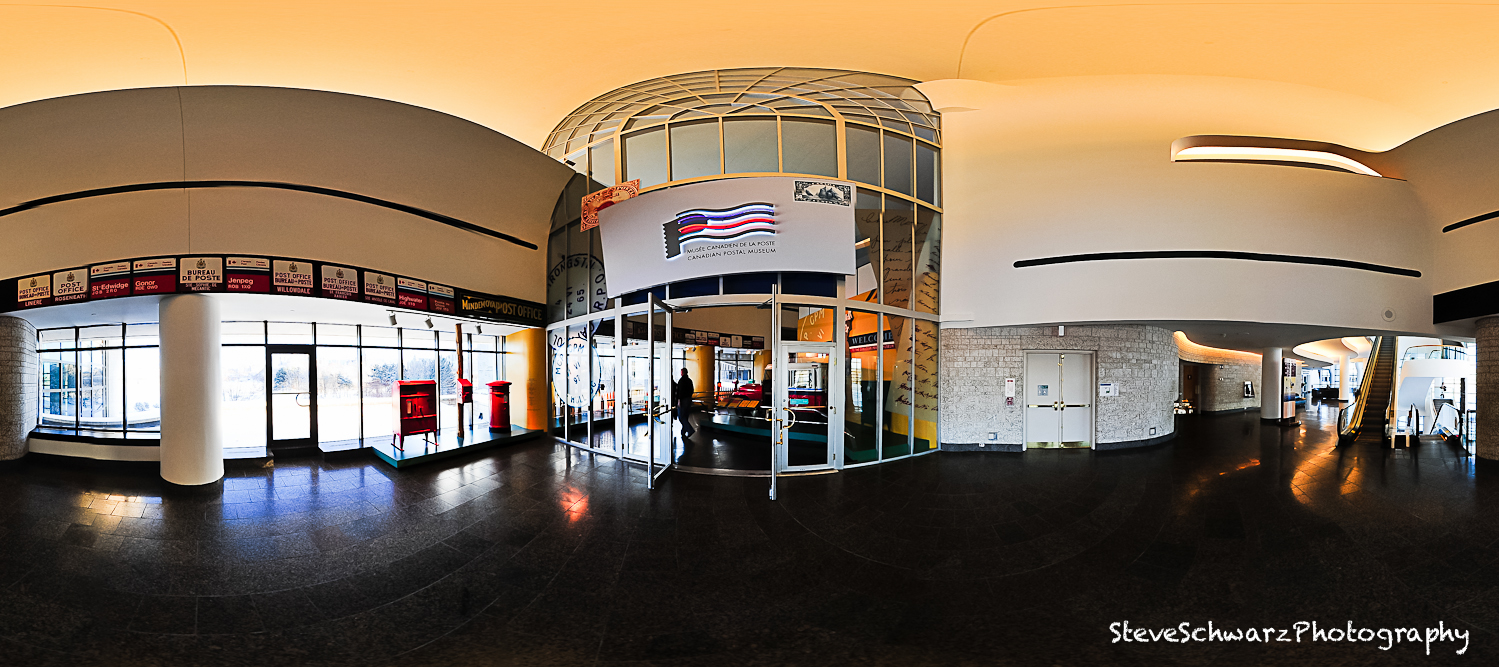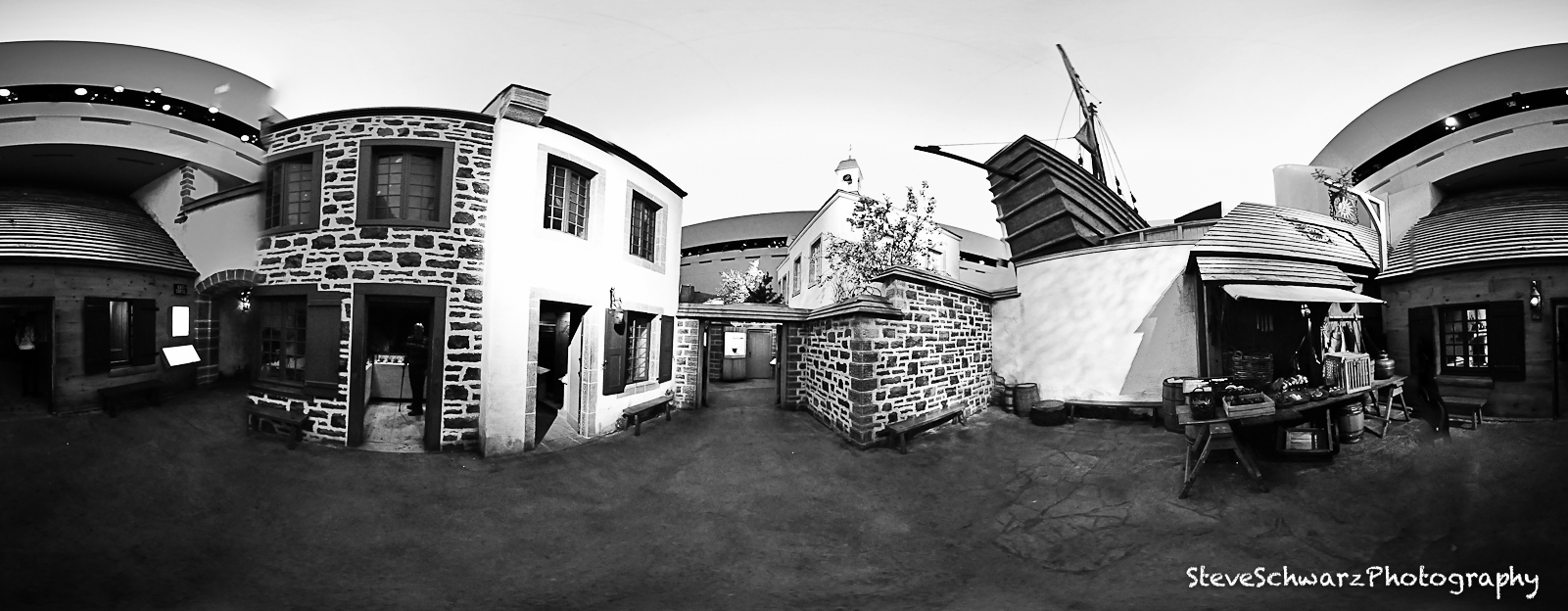When the Light isn’t Right: Photography in low light or too much light.
Any keen photographer will tell you that the best light for photography is the ‘magic-hour’ at sunrise and at sunset, and that mid-day or low-light photography should be avoided. For the rest of us, there is a whole day in between and, like it or not, it is our only opportunity to get photos. We simply can’t put life on-hold to wait for the so-called magic-hour. So, how do you get good photos when the light isn’t Right ?.
At any given light, good light or bad light, camera exposure is based on three variables;
- Shutter speed (how long the shutter is open). Faster shutter speeds can freeze motion are used when there is good light, where as slower shutter speeds blur moving objects. You might have already noticed that some of you low light photos are blurry. This is because a slow shutter speed is required in low light conditions to allow enough light into the camera for proper exposure. Unless you have a tripod, the shutter speed should be 1/ the focal length of the lens, e.g. a 250mm lens would require a minimum shutter speed of 1/250sec.
- Aperture (how much light comes in the lens). In good light conditions, the lens can be intentionally stopped-down (higher aperture number) to reduce the amount of light entering the camera, and increase the depth of field.
- ISO or film speed (how sensitive the sensor of film is to light). Lower the ISO the better. Higher ISO (800, 1200 and higher) adjust the sensitivity of the camera sensor of film to be more sensitive to light, so that photos can be taken is lower light conditions. Unfortunately, this means more more digital noise, and photos that look murky or muddy.
Adding light by using a flash changes everything. Most digital cameras have built-in flash, so you always have a flash when you need extra light. The down side of built-in flash is the quality of light; harsh and people will have red-eye.
If you can, buy a hand held flash unit and a cable to connect the flash to the camera or wireless trigger. This is called off-camera flash. Once you get into it – there is no going back.
Adding Flash
As mentioned above, adding flash (assuming off-camera flash), changes everything for camera exposure. Depending on your camera, flash units are synched to fire at 1/60, 1/125 or 1/250 of a second. If you set your shutter speed higher than your camera’s synch speed the image will be black, or partially black since the flash fired while the the shutter was already closing.
When using a flash, your can set the camera to Auto, or Program and let the camera work out the correct exposure, or set the camera to M for Manual so you can maximize the creative opportunity to over or under expose the background and make the foreground have more ‘Pop’.
In Manual mode
1) Set the shutter speed to the camera’s flash sync speed. You might have to refer to the camera manual to determine your cameras sync speed.
2) Point the camera at the background and set aperture according to the cameras light meter. Do not adjust the ISO – low number is better. The camera is now set to the correct exposure for the background. Some photographers call this “ambient exposure”.
3) Now turn on your flash. It can be set to automatic (TTL) where the flash power is controlled by the camera. This is useful for moving subjects. Setting the flash to Manual means that the flash power is controlled by you. This mode is most useful for portraits, or where you want to fine tune the exposure.
Assuming that you want control over the flash power, now it gets really fun and also a bit complicated. One step at a time.
- a) Flash in manual mode means you control the Flash Power. Typical flash power settings are 1/1 (full power), 1/2, 1/4, 1/8, 1/16.
- b) Off camera flash means you control the Direction of the flash hitting the subject.
- c) Off camera flash means you control the Flash-Subject Distance. Flash held closer to the subject means less flash power is needed, distant subjects will require more flash power for proper exposure.
- d) Assuming that your camera is also in Manual mode, with shutter speed set to sync speed. The lens Aperture (controls how much light enters the camera), and also be used to control exposure. If the subject is overexposed, then reduce the aperture (turn to higher aperture number) : e.g. change aperture f/5.6 to f/8. If the subject is underexposed, then increase aperture.
e) Other ways to change effect of the flash
- 1) How does the light from the flash hit the subject. Is the light harsh, creating dark shadows, or more soft with smooth transitions on the subject. Add a diffuser (e.g. softbox or umbrella) to reduce harsh shadows.
- 2) Coverage: is the flash directed at the entire subject, or only on a portion of the subject. Coverage can be modified (reduced) by zooming the flash, moving the flash closer to the subject, or adding a diffuser.
Go ahead – take a photo. See how it looks and make adjustments.
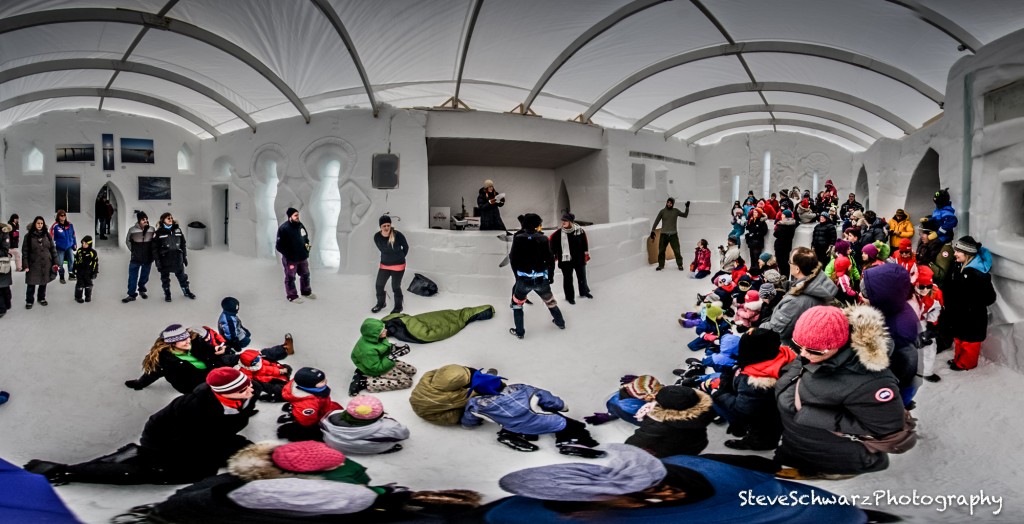
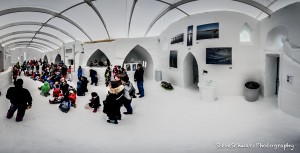
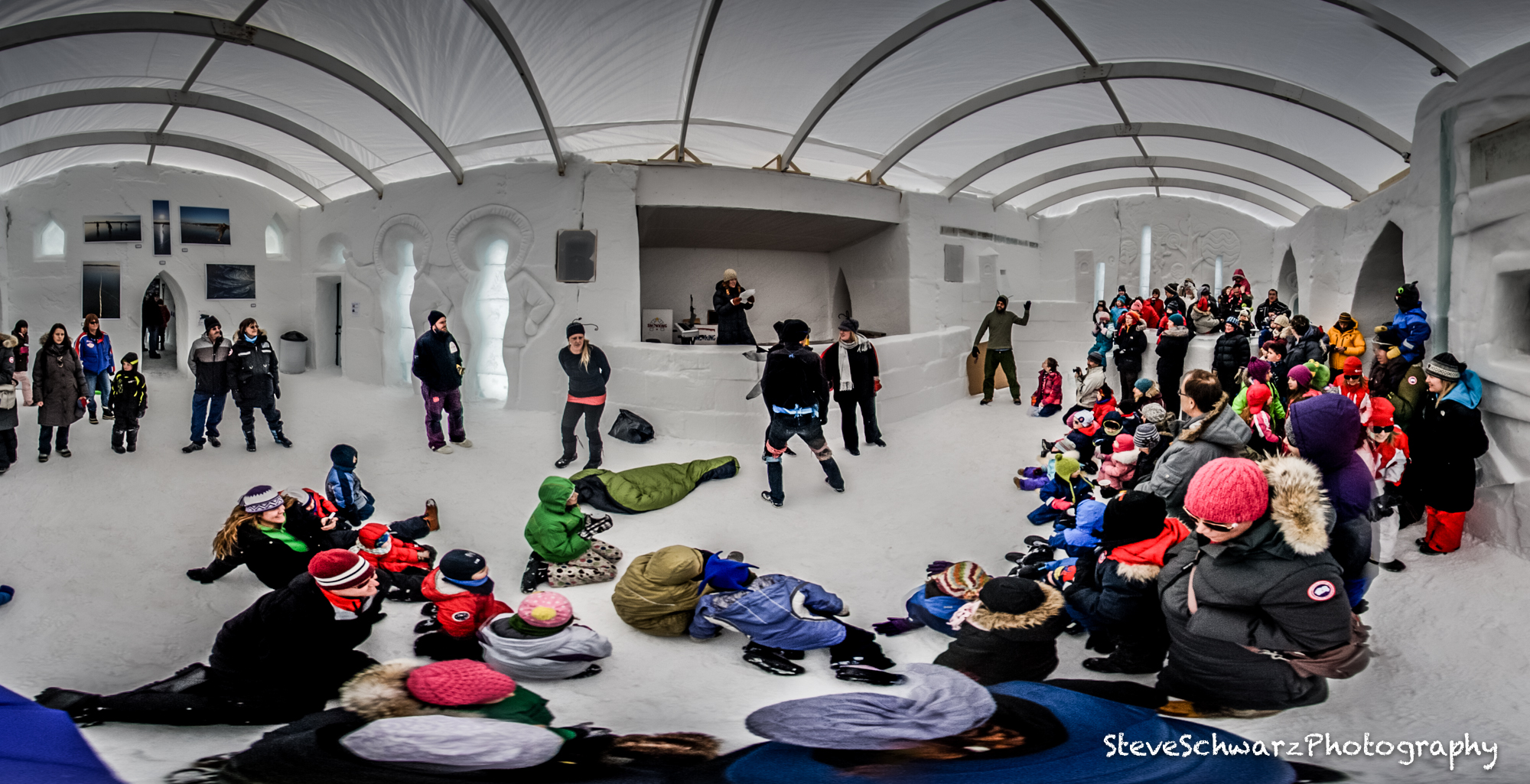
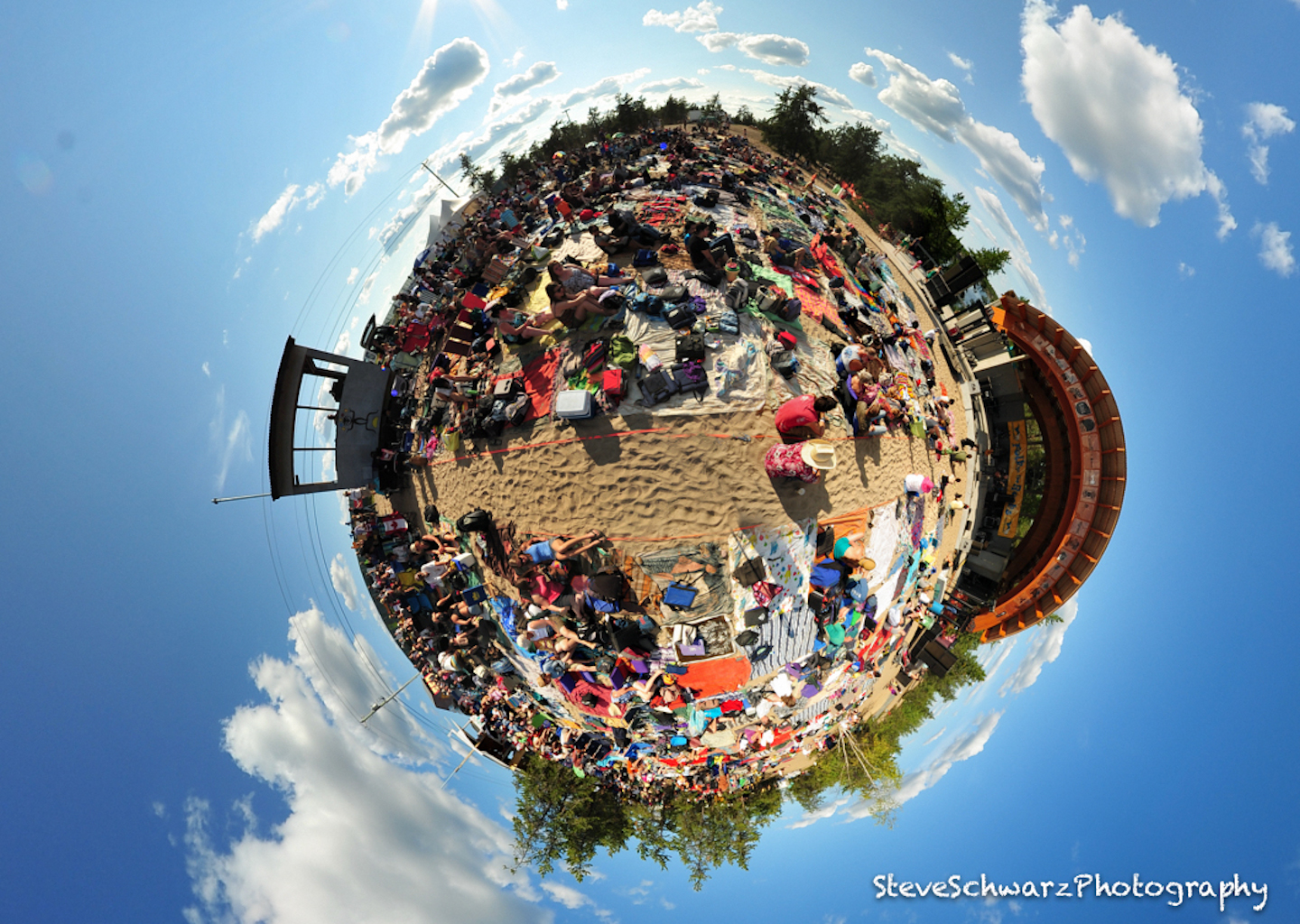
 A split view of the Main Stage.
A split view of the Main Stage. A view of the Cultural Stage. Click on the image for a larger view.
A view of the Cultural Stage. Click on the image for a larger view.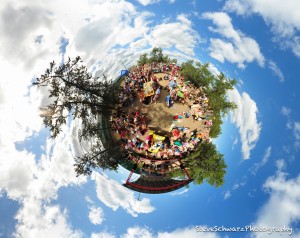 “Little Planet” view of the Kids Stage. Click on the image for a larger view. Click ‘back’ on your browser to return to this page.
“Little Planet” view of the Kids Stage. Click on the image for a larger view. Click ‘back’ on your browser to return to this page.